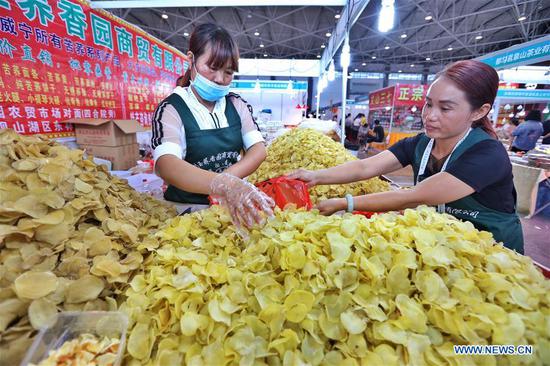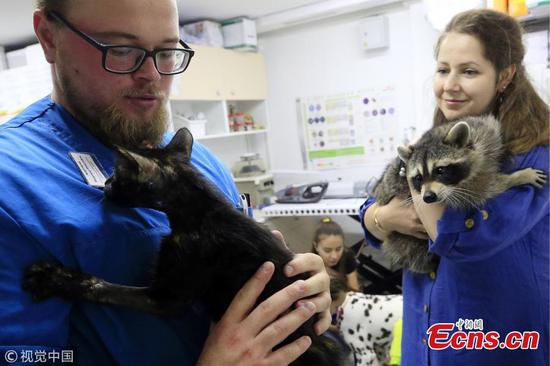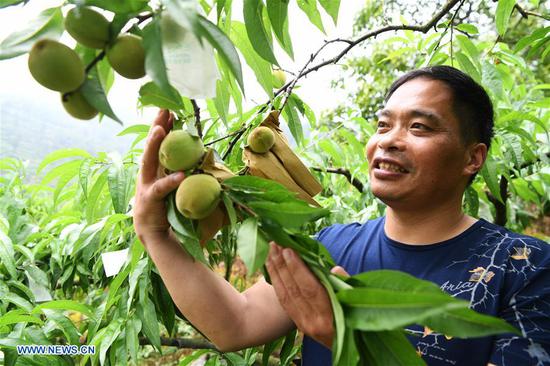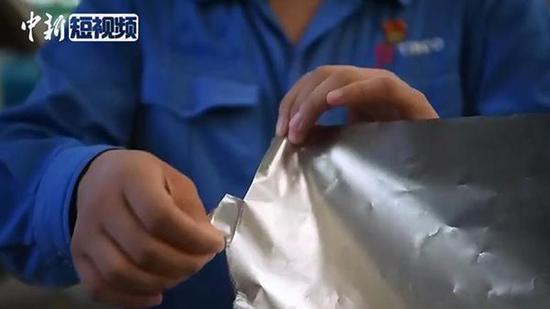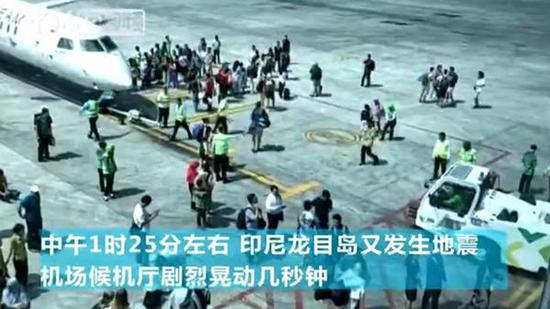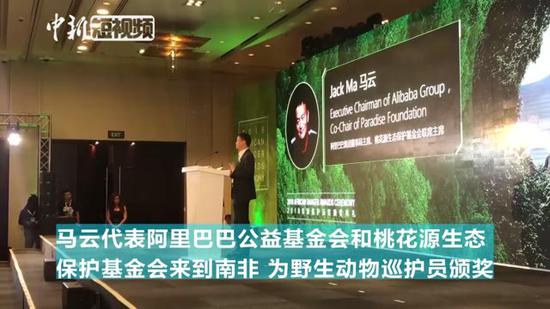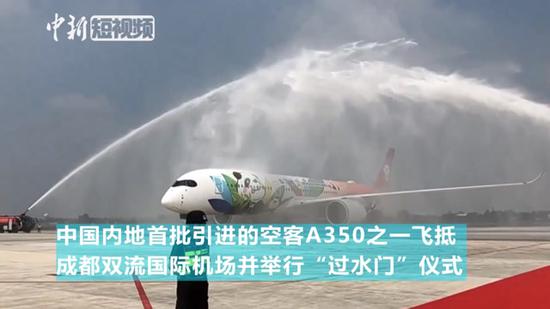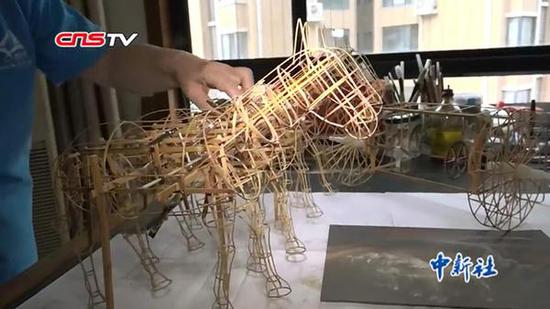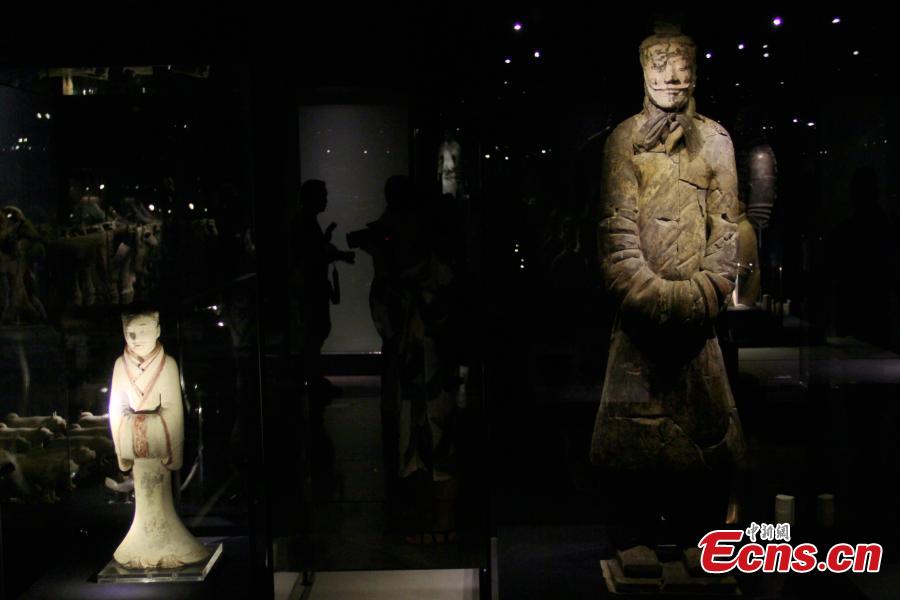
An exhibition of terracotta figures of Qin Dynasty (221 to 206 BC) and Han Dynasty (206 BC ? 220 AD) held in the Emperor Qin Shihuang's Mausoleum Museum in Xi’an City, Northwest China’s Shaanxi Province, Aug. 7, 2018, a joint cooperation between the museum and Emperor Jing Mausoleum Museum. The exhibition aims to introduce the inheritance, change and development of Qin and Han culture. (Photo: China News Service/Zhang Yuan)
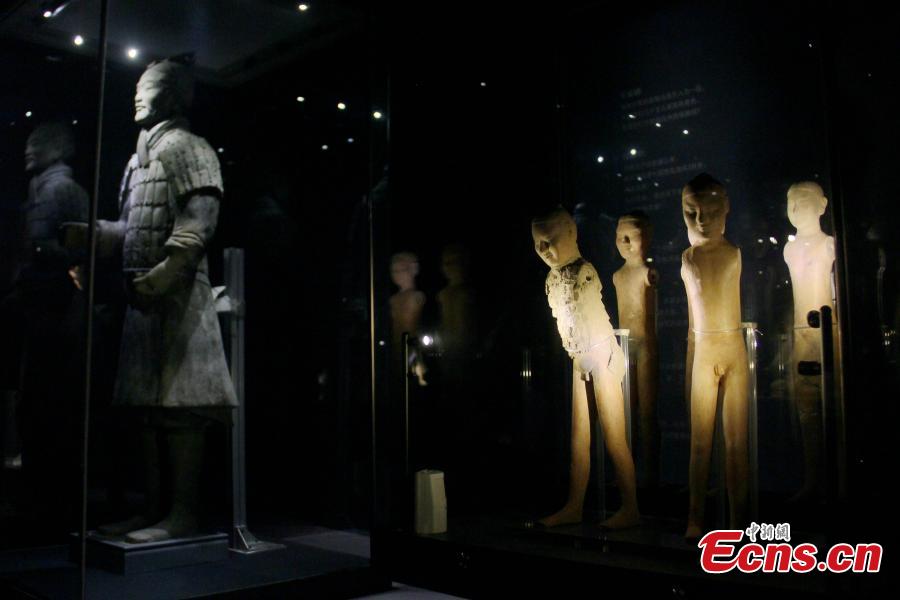
An exhibition of terracotta figures of Qin Dynasty (221 to 206 BC) and Han Dynasty (206 BC ? 220 AD) held in the Emperor Qin Shihuang's Mausoleum Museum in Xi’an City, Northwest China’s Shaanxi Province, Aug. 7, 2018, a joint cooperation between the museum and Emperor Jing Mausoleum Museum. The exhibition aims to introduce the inheritance, change and development of Qin and Han culture. (Photo: China News Service/Zhang Yuan)
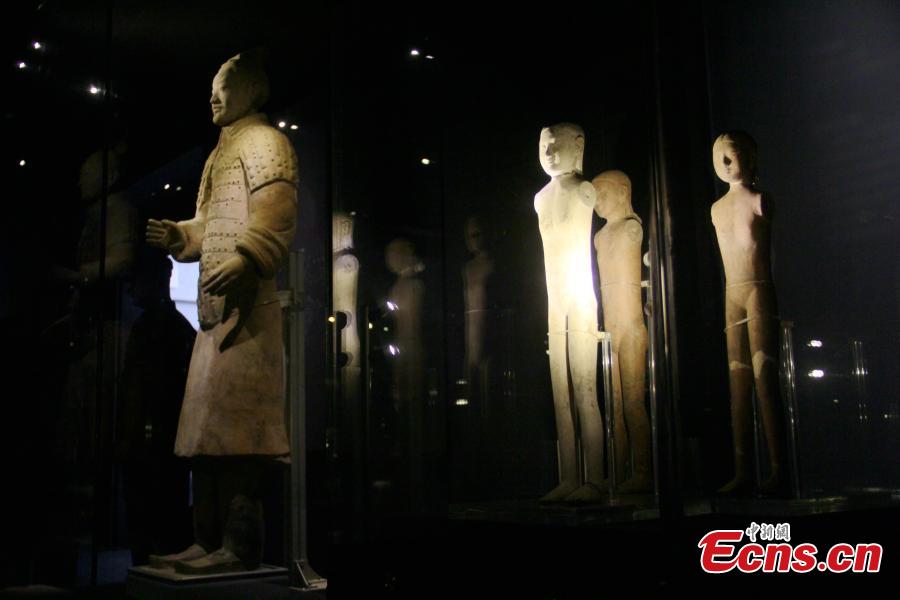
An exhibition of terracotta figures of Qin Dynasty (221 to 206 BC) and Han Dynasty (206 BC ? 220 AD) held in the Emperor Qin Shihuang's Mausoleum Museum in Xi’an City, Northwest China’s Shaanxi Province, Aug. 7, 2018, a joint cooperation between the museum and Emperor Jing Mausoleum Museum. The exhibition aims to introduce the inheritance, change and development of Qin and Han culture. (Photo: China News Service/Zhang Yuan)
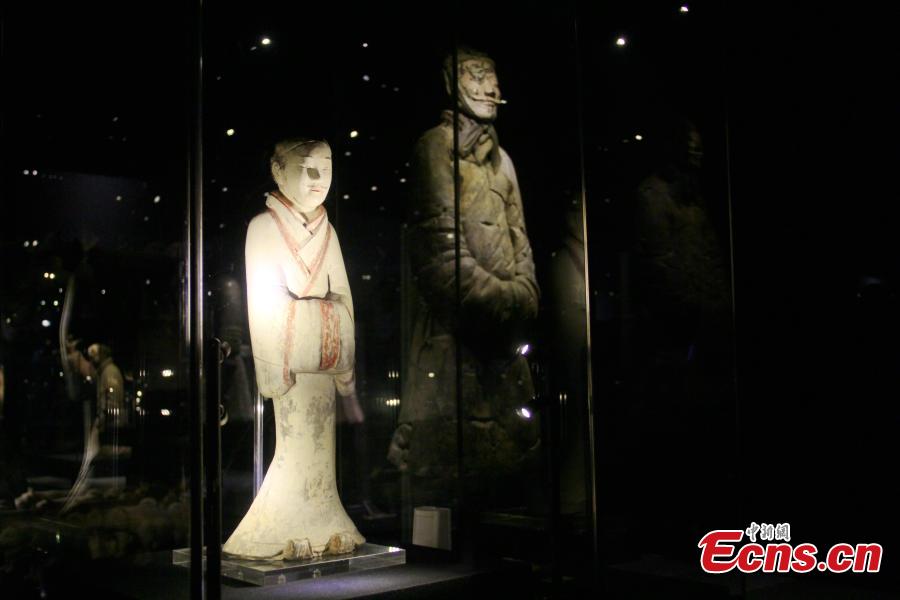
An exhibition of terracotta figures of Qin Dynasty (221 to 206 BC) and Han Dynasty (206 BC ? 220 AD) held in the Emperor Qin Shihuang's Mausoleum Museum in Xi’an City, Northwest China’s Shaanxi Province, Aug. 7, 2018, a joint cooperation between the museum and Emperor Jing Mausoleum Museum. The exhibition aims to introduce the inheritance, change and development of Qin and Han culture. (Photo: China News Service/Zhang Yuan)












